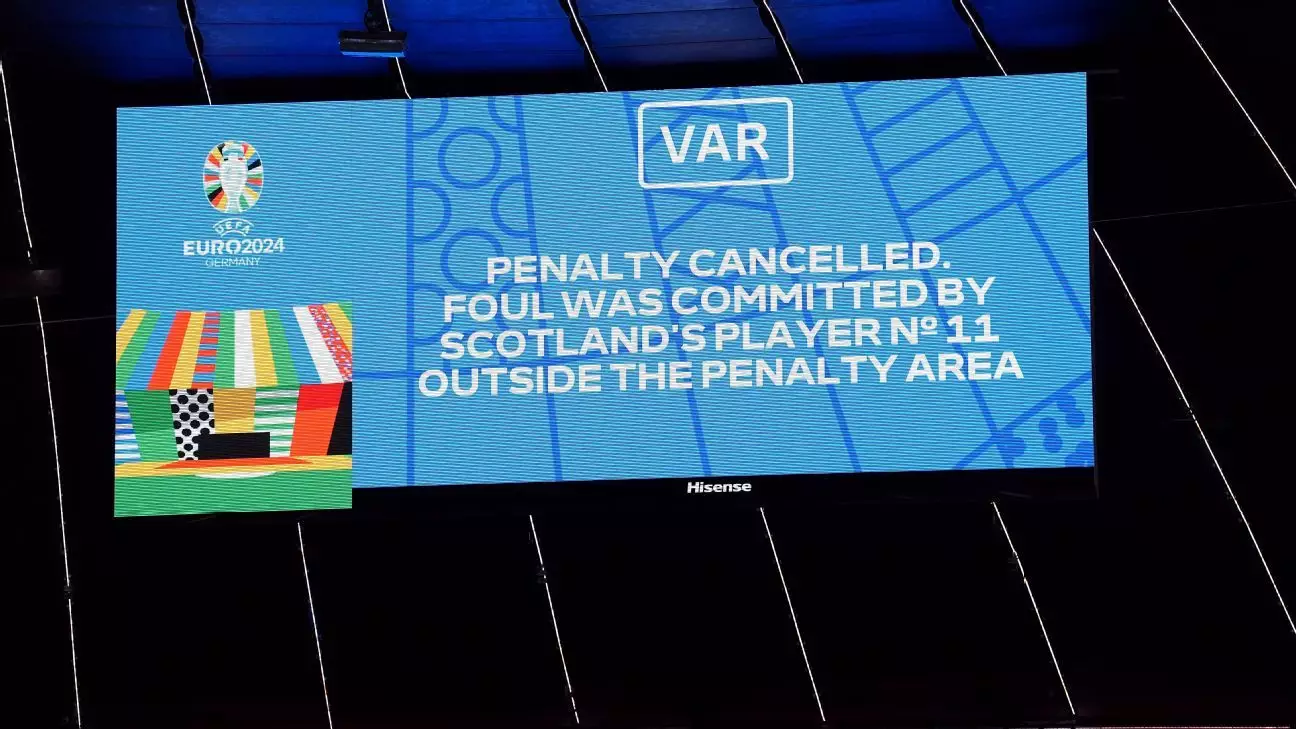Football, often known for its passionate play and sometimes controversial officiating, is on the brink of a significant change with the introduction of the Football Video Support (FVS) system. Recently, the International Football Association Board (IFAB) approved expanded trials of this alternative to the Video Assistant Referee (VAR) system, promising to reshape how decisions are made on the pitch. This examination will evaluate the implications of FVS, its operational differences compared to VAR, and its potential impact on the game.
Understanding Football Video Support
FVS is conceptualized as a coach’s tool designed to enhance the decision-making process during matches. Unlike VAR, which operates under strict protocols with designated officials monitoring video feeds, FVS allows coaches the authority to challenge specific decisions on the field. With this system, each team is permitted two challenges per match, fostering an environment where subjective calls can be revisited and rectified. This innovation signifies a departure from traditional VAR dependency, bringing a more dynamic element into officiating.
The emphasis on cost-effectiveness is a driving force behind the implementation of FVS. Many leagues, particularly those with limited resources, find the full VAR setup costly and challenging to manage. The FVS system is designed to operate with a significantly reduced number of cameras—typically four or fewer—making it more accessible for competitions like the Women’s Super League, where infrastructure varies widely.
The IFAB’s cautious approach, illustrated by initial trials at the U20 and U17 FIFA Women’s World Cups, signals an iterative process rather than quick implementation. Pierluigi Collina, the chairman of FIFA’s referees’ committee, has emphasized the importance of thorough analysis during these trials. By evaluating both successful interventions and missed calls, stakeholders can refine the FVS system and better understand its challenges.
One prominent aspect to note is the limitations inherent in FVS, particularly concerning offside rulings. With a minimalist camera setup, the potential for comprehensive assessments is diminished. Consequently, the reliance on clear and obvious errors aligns the game’s integrity closely with the on-field referee’s judgment, a return to the more traditional ethos of refereeing. This situation paints a contrasting picture to VAR’s vast arsenal of angles and comprehensive review processes, which can often complicate and prolong the game.
As trials expand, potential applications of FVS raise an important question: Can this system effectively balance the integrity of the game while minimizing disruption? The challenge lies in implementing a framework that remains fair yet efficient. The idea of having coaches participate in decision-making introduces a new layer of strategy and could shape the dynamics of coaching during matches.
Furthermore, the development of laws to govern procedures around FVS will be crucial. With the possibility that only the team captain may communicate with the referee, a structured communication model is necessary. This rule aims to prevent sideline chaos and ensure a focused dialogue between players and officials.
While FVS stands to offer benefits, challenges relating to its efficacy perpetuate a dialogue about the balancing act between technological assistance and the human element inherent in sports. The risk of over-reliance on technology or misunderstanding its intent could lead to discontent among fans and players alike.
The approval for expanded trials of Football Video Support represents a pivotal moment in the evolution of officiating in football. By enabling coaches to challenge decisions, FVS not only increases engagement on the sidelines but also reintroduces a vital aspect of human judgment back into the game. However, the success of this system rests heavily on its execution, communication strategies, and adaptability to varying contexts. As the IFAB prepares for its next Annual General Meeting, the footballing community will be waiting with bated breath to see how these trials unfold and ultimately shape the future of the sport. The concept signals an exciting shift within the framework of how football is officiated, but its realization will depend on continued refinement and thoughtful integration into the sport’s fabric.

